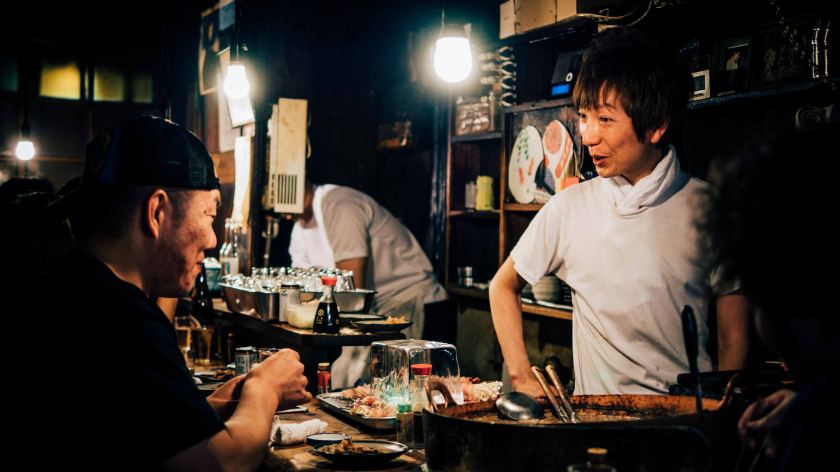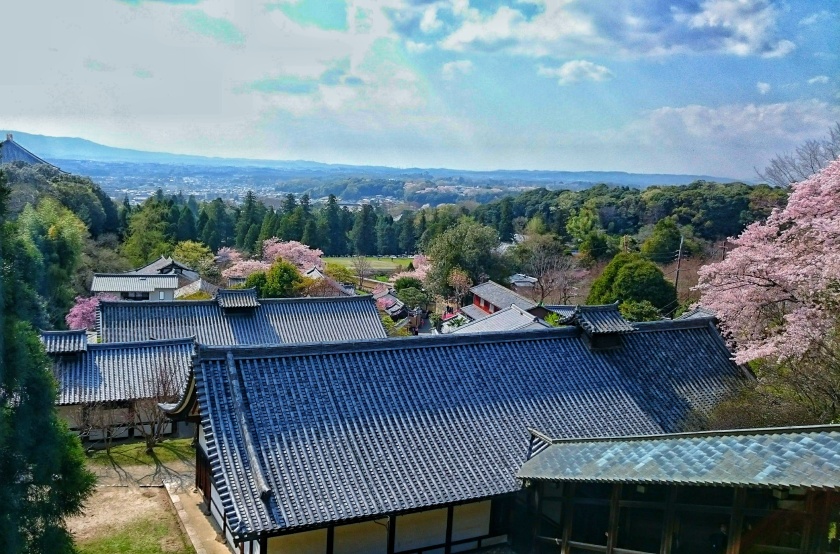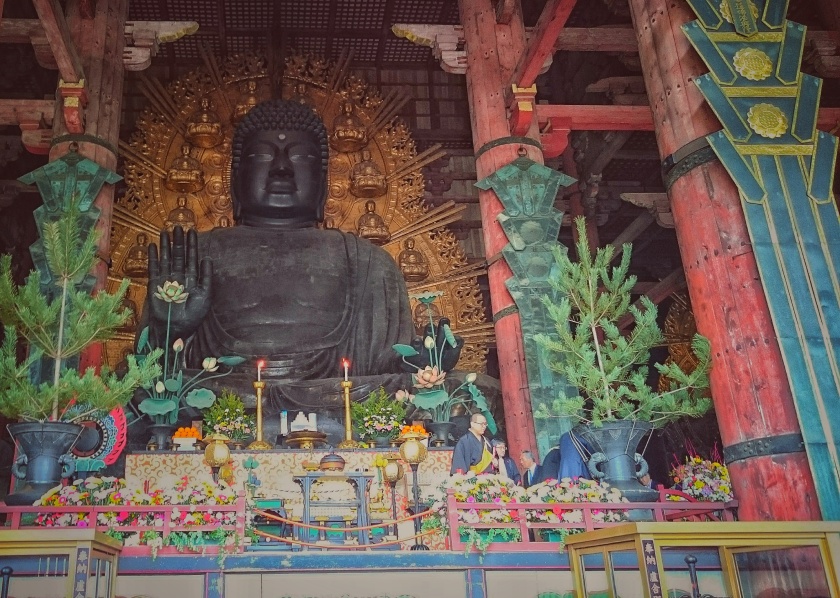Talking in Japan. How much English is there and do I need to know Japanese?
As English speakers we are incredibly spoiled when it comes to communicating in other countries. As the first or second language of so many places, it’s common to be spoken to in English as a tourist or to find English on signs and menus. But in Japan, it’s not quite as easy as that. Spoken Language, a sprinkle of English Japan is a very homogenous country, meaning that for 99% of the population Japanese is their first language. While some Japanese people may learn the odd English phrase, English is definitely not a part of day-to-day life. (Although Japanese people are also very humble and so would say they couldn’t speak English even if they had a decent grasp of it!) The exceptions to the rule are those who work with large numbers of tourists such as hotel staff and similar hospitality roles who will speak excellent English and likely other languages as well. Signs and Menus Road and railway signs will have the “romaji” version of names below the Japanese. Romaji simply means the …









